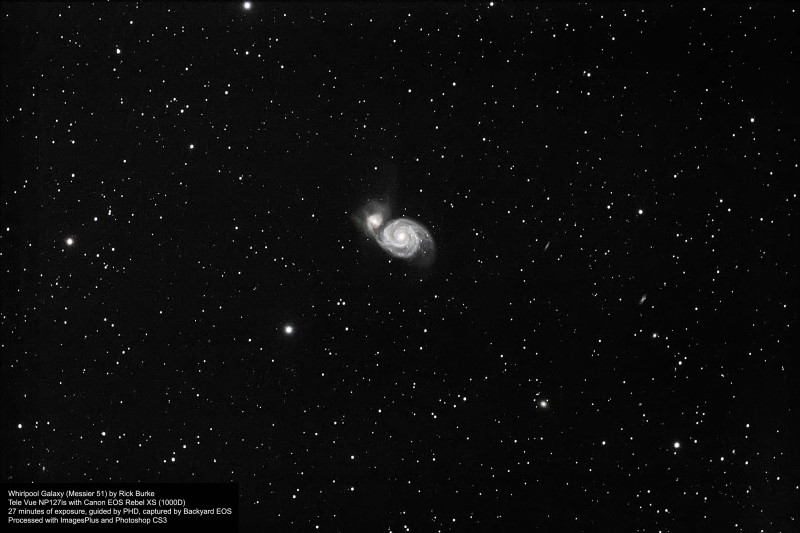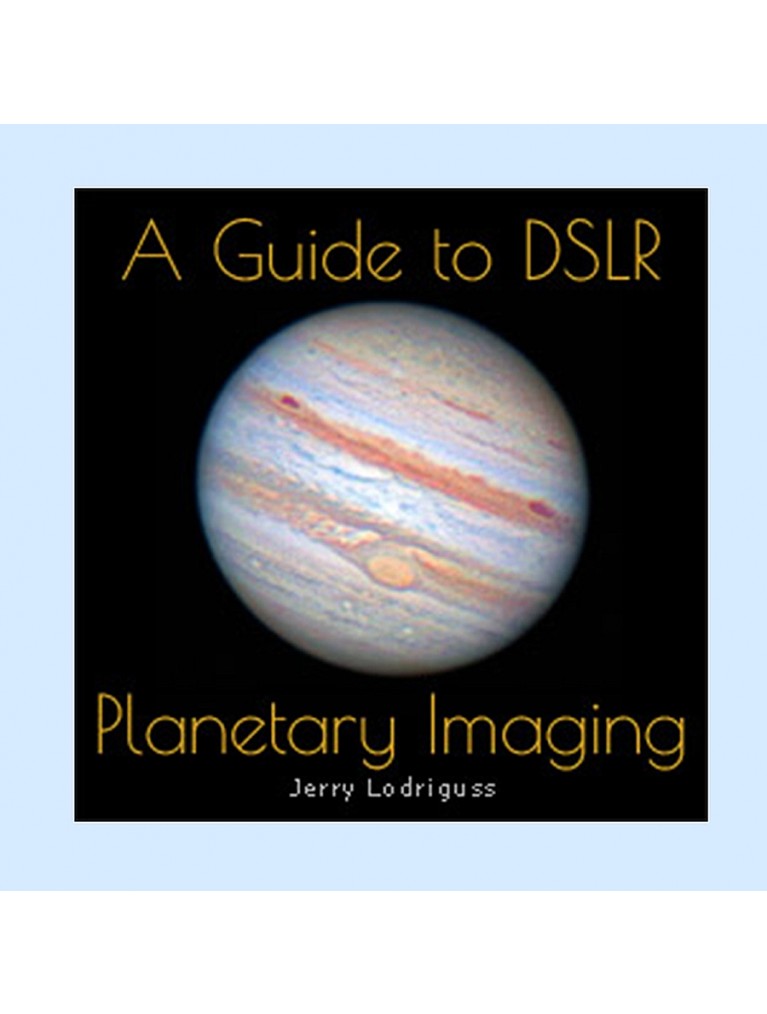

- #Imagesplus vs backyardeos full size
- #Imagesplus vs backyardeos manual
- #Imagesplus vs backyardeos software
- #Imagesplus vs backyardeos iso
Once your images are calibrated, aligned and stacked, you will want to correct for things such as color balance, and increase the contrast to make faint details more visible. This can speed up by so-called Action, but I have only the recent Photoshop Elements. It is possible to align and stack images in Photoshop, but for more than a couple of frames, the process is extremely tedious and not as accurate as with a dedicated astronomical image processing program.
#Imagesplus vs backyardeos software
Whatever software you use for image calibration will almost certainly also do aligning and image stacking. To calibrate your original raw astronomical images, you will require some type of special astronomical image processing software, such as Images Plus, MaxDSLR, AIP (Astronomical Image Processing), AstroArt, IRIS, Deepsky Stacker or Regim. Calibration means removing unwanted fixed signals (such as thermal current and bias), and correction for signal modifications (such as vignetting) so that the raw image accurately represents the intensity of light incident on the sensor during the exposure. Sometimes I use either a simple timer.Īdvanced astronomical imaging requires the “calibration” of the raw original images. But than you are with an laptop in the field. For example, faint deep-sky objects may require several hours worth of 5 minute exposures that are later stacked or combined in subsequent image processing. This can be done manually, but it is very tedious. Serious deep-sky astrophotography requires shooting many short exposures. The latest camera manufacturer’s software can make focusing very easy with Live-view, however, this software does not provide any type of metric-assisted focusing. This metric-assisted focusing was objective and did not rely on any visual interpretation to determine focus. Programs such as Backyard EOS could also download an image and then examine a star and give a readout of the star’s diameter or brightness.
#Imagesplus vs backyardeos manual
This can be done by manual focusing and visual inspection of the Live-view image on the computer.įor previous generation cameras without Live-View, an image had to be downloaded to the computer and then visually examined for focus accuracy.

The latest generation DSLR cameras allow focusing through the camera manufacturer’s software. This software also allows viewing of the Live-view real-time image on the computer and focusing. This is accomplished through a single USB-2 Cable and includes control of the bulb setting for exposures longer than 30 seconds.
#Imagesplus vs backyardeos iso
With camera control software, you can use your computer to control all of the functions and settings of your camera, such as setting the ISO and opening the shutter.īackyard EOS Software by the camera manufacturer will control all functions of the camera.

I highly recommend mono and good Baader narrowband filters together with an automated filter wheel. One way to bypass light pollution is a monochrome camera Atik 383L+ and narrowband imaging. My sky’s are light polluted almost qualifying as white zone. I owened Starlight Xpress MX716 CCD which is a fine CCD and still has good support for its drivers. Also used are filters and a complement of extensions, reducer barlows, to obtain the desired Field of View on the camera CCDs.
#Imagesplus vs backyardeos full size
For DSLR is my APS size chip Canon 60Da and to a lesser degree my full size chip 5D used. I currently use an Atik Infinity Color CCD for lazy astrophotograpy and an Atik 383L+ SW CDD guided by a Starlight Lodestar X2.


 0 kommentar(er)
0 kommentar(er)
